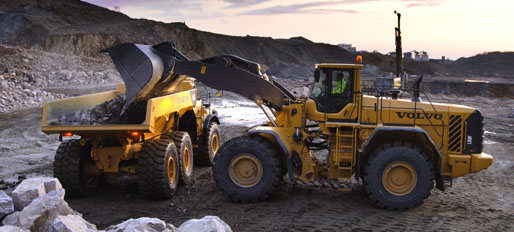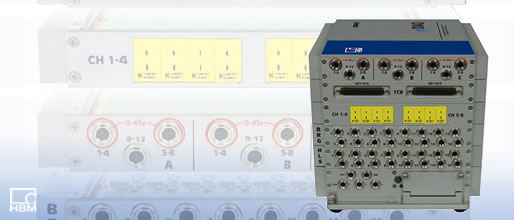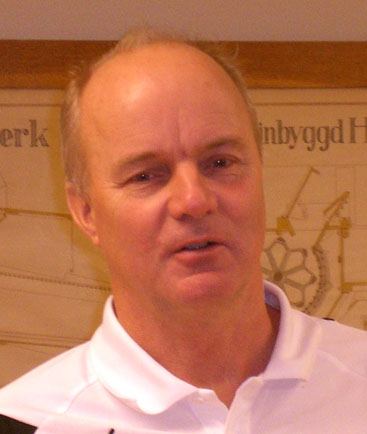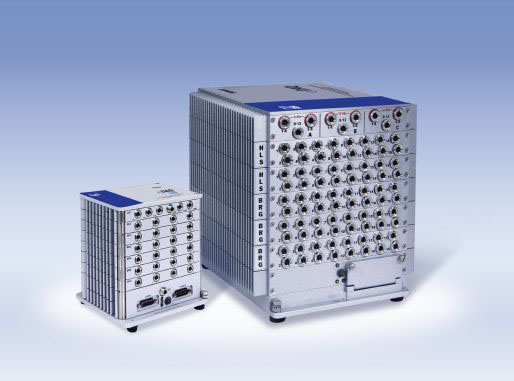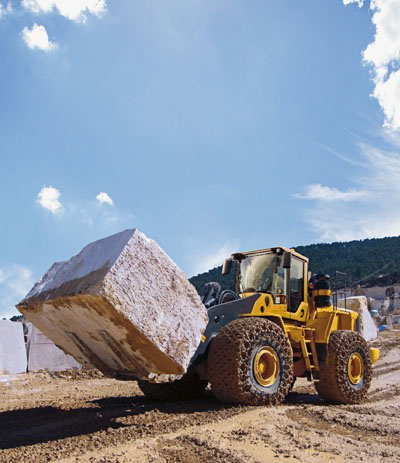Finding patterns
The field tests carried out by Volvo CE's own test drivers can take anywhere between a couple of minutes to three quarters of an hour. Engineers are interested in acceleration, speed, forward and backward movements, loading and unloading in various combinations. Tests like this can accumulate up to 300 megabytes of data.
Analysis of the measured data starts immediately out in the field, using the Infield software. At this stage, the priority is to check the quality of the data.
"Evaluation software is crucial these days," says Lennart Skogh. "InField is quick and easy. The next step for us and our analysis engineers is to analyze and manipulate the test data, using either GlyphWorks or Matlab to identify patterns, extract statistics and spot differences between different drivers and their behavior. Everything we learn will later be used to improve our machines.
